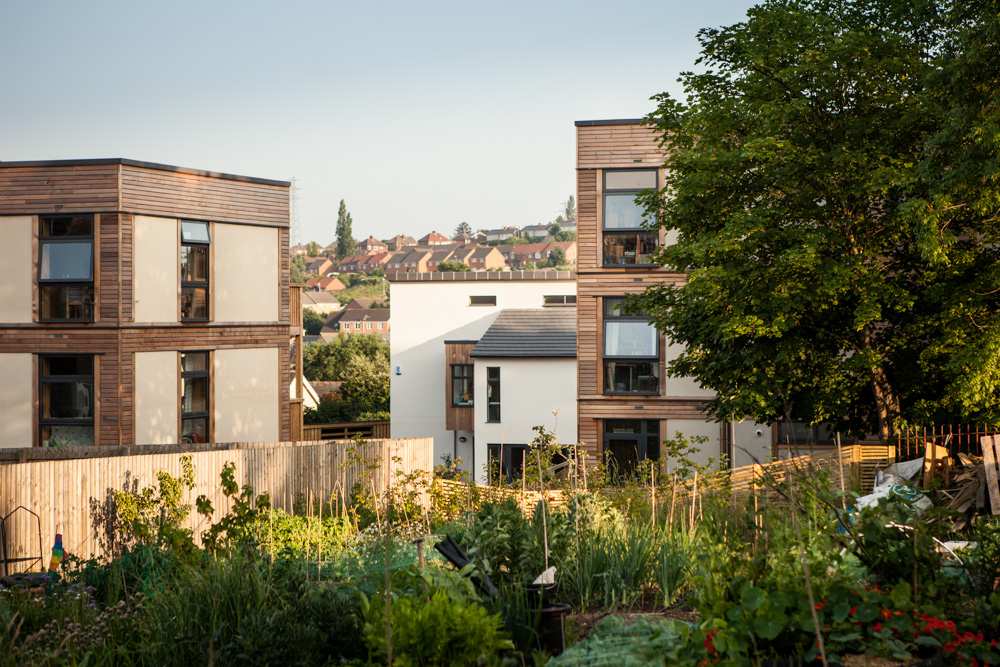
Gentrification is often portrayed in the media as a process in which young, hip people move in to an area, improving its reputation for fun, shopping and culture. Writing in the Evening Standard Richard Godwin informs us that “it is youth culture that helped turn a place like Dalston, once an unassuming place of butchers and nail bars, into a creative furnace that it is today.” Leaving aside his assumptions about the creativity of those who have lived in Dalston for years, it is noteworthy that he refers to this influx as cultural rather than financial. Those not bewitched by the “creativity” of the new Dalston can easily spot the economic power at work: rising rents and property prices, squeezing out those with less money and breaking up communities in the process.
Local authorities, who we might imagine are worried about the increased difficulty of fulfilling their duties to house people, rather tend to welcome this influx of money with open arms. Perhaps they see increased employment opportunities, or perhaps they smell new developments in the offing, from which they can levy various ‘developer contributions’. Under the government’s new Business Rates Retention Scheme the incentive to welcome incoming businesses is to be deliberately increased: councils will get to keep half their own business rate receipts, previously redistributed by central government. So while local authorities more than anyone are aware of the welfare cuts and the rising food and energy bills hitting the poor, other incentives still drive them to take steps that will increase the cost of accommodation.
